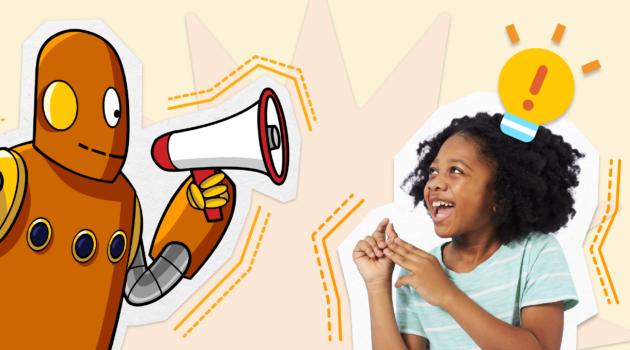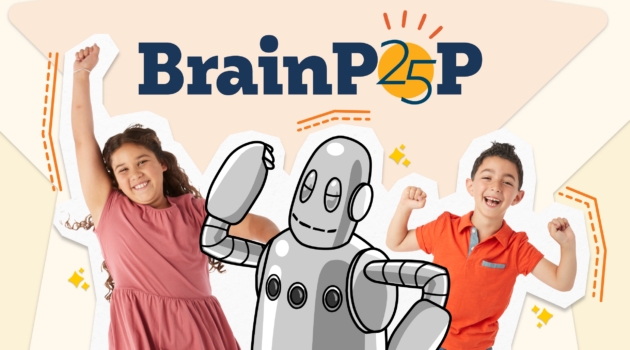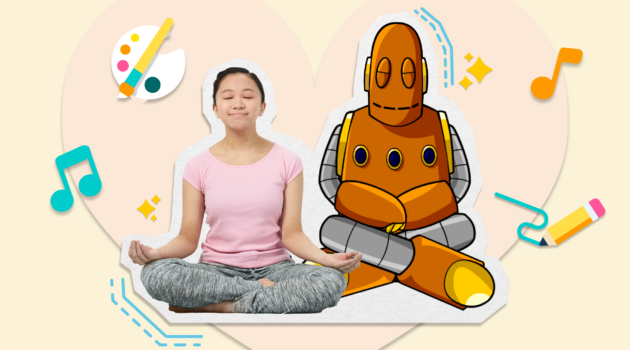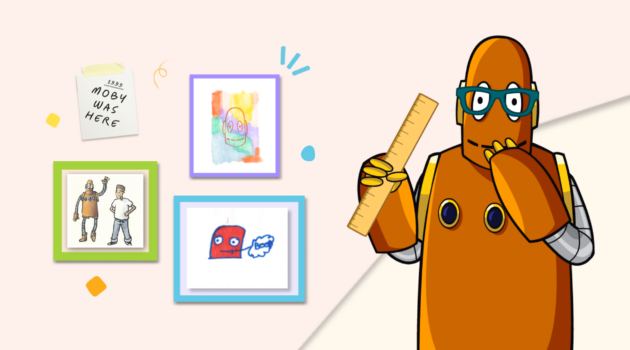BrainPOP Science
5 Ways to Incorporate Claim-Evidence-Reasoning (CER) in Your Middle School Science Classroom
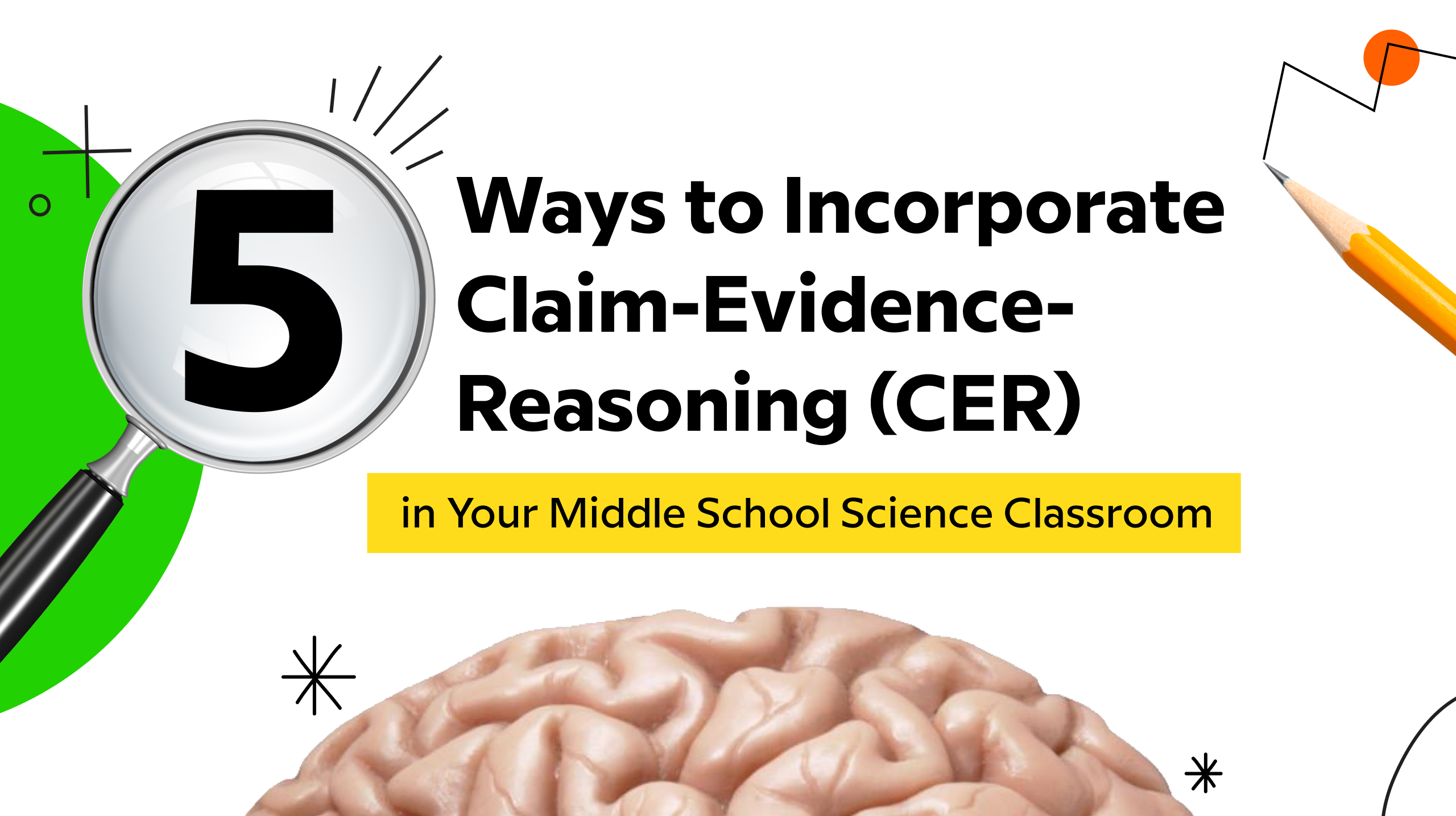
As any parent knows, young children are hardwired to be curious about the world around them. That means asking questions—a lot of them. Experts say that children ask an average of 40,000 questions between the ages of two and five. A typical 4-year-old might ask as many as 300 questions a day! As children get older, the questions start to wane, leaving teachers with the challenge of trying to reignite that spark of curiosity.
Why Middle School Students Stop Asking Questions
Jarelis Haigler, a middle school science teacher at Lake Nona Middle School in Orange County, Florida, is familiar with this reality. “These are the years where they start to lose that natural inquisitiveness and stop asking questions. I want to make sure I am keeping things interesting but still rigorous.” She says the key is to get them to buy into the “aha!” moments to start them on a path of inquiry-based learning. By introducing topics with questions, problems, and scenarios, middle school students are empowered to ask their own questions while they carry out investigations and build evidence to support their own ideas to explain real-world phenomena.
“There are so many things pulling at their attention at all times in middle school. It’s not just the computer screens; the computers can be closed and they’re thinking about their friends, they’re thinking about something going on at home, they’re thinking about homework that they have due for another class. All legitimate things that are pulling at their attention. If you can get them to go, ‘Wait, what?’ Then you’ve got them.”
How Claim-Evidence-Reasoning Can Engage Middle School Students
Anna Meyer is a middle school instructional coach at Pickerington Local School District in Ohio. Her district has been focusing on the Claims-Evidence-Reasoning (CER) process in science classrooms, where students collect data to support their answers and summarize their findings. As a result, she has seen an improvement in students’ ability to effectively communicate and write about their scientific thinking. “We are really trying to support not only going through that scientific process but how do we use CER to really get students thinking like scientists and writing like scientists.”
“It’s a high cognitive load,” says Meyer. She notes that it’s important to make content relevant to students, empower them throughout the inquiry process, and offer opportunities for real-world implementation. “What we don’t want to lose is that wonder of science.”
“If you can get them to go, ‘Wait, what?’ Then you’ve got them.”
What is Claim Evidence Reasoning?
Inquiry-driven science with CER at the center is a way of teaching that balances wonder with rigor to create an engaging middle school science curriculum. CER seamlessly integrates writing with science and helps students support their ideas with clear written arguments and collect observations along the way.
CER is at the heart of BrainPOP’s new middle school science solution that complements any middle school science curriculum. Students are guided through the CER process within investigations, and interact with 3D worlds, simulations, and data manipulatives.
Five Ways to Incorporate Claim-Evidence Reasoning into your Middle School Science Curriculum
Here are five ways to incorporate Claim-Evidence-Reasoning (CER) in the middle school science classroom, with a sample BrainPOP Science investigation to get started:
- Pose a guiding question to launch a unit or investigation, and make space for students to start debating and arguing like scientists.
- Activate and assess prior knowledge, and capture students’ interest, using an observable and relatable phenomenon.
- Model different ways of thinking and the type of writing that is expected by using a CER checklist with example responses.
- Encourage students to use clear, succinct, everyday language while they collect and present data as they make observations.
- Give constructive feedback as students explain their written reasoning. This encourages them to expand and clarify their thinking.
The CER process supports middle school students in developing their science and writing skills, while strengthening their critical thinking and problem-solving abilities. It also incorporates and synthesizes science practices as students construct arguments or explanations. As they engage with exciting and relatable guiding questions that connect with their day-to-day lives, students learn that everything in the world around us is science, and anyone can be a scientist. It all starts with tapping into curiosity and asking questions. Want to learn more about how CER in a middle school science curriculum can accelerate reasoning? Check out research on how Claim-Evidence-Reasoning improves with BrainPOP Science.
Julia Bailey is senior copywriter on the BrainPOP Marketing Team and a former classroom educator.


